Synopsis
Photosynthesis is essential to life on this planet.
- Programme: Bitesize Science
- Channel: BBC Two
- Broadcast year: 2014
- Chemistry
Licence: ERA Licence required
UK only
Staff and students of licensed education establishments only
Cannot be adapted
Add Notes
More clips from Bitesize Science
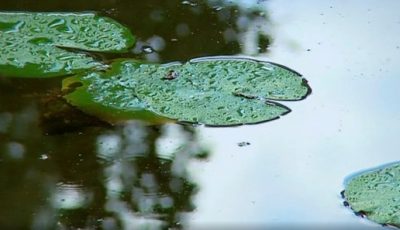
All life needs water | Bitesize Science
All life needs water | Bitesize Science
Osmosis is a special type of diffusion, involving water, where molecules move from a high to a low concentration.
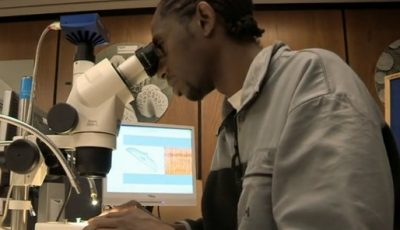
Beneath the surface | Bitesize Science
Beneath the surface | Bitesize Science
Microscopes continue to develop over time, giving us access to increasingly incredible magnification.

Blood Vessels | Bitesize Science
Blood Vessels | Bitesize Science
A short guide on blood vessels in the body.
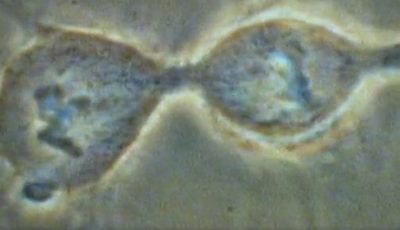
Dance of the chromosomes | Bitesize Science
Dance of the chromosomes | Bitesize Science
Mitosis is a type of cell replication that is essential to the human body's ability to grow and repair.
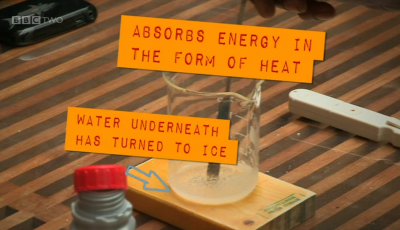
Endothermic and exothermic reactions | Bitesize Science
Endothermic and exothermic reactions | Bitesize Science
Endothermic reactions absorb heat, while exothermic reactions give off heat.
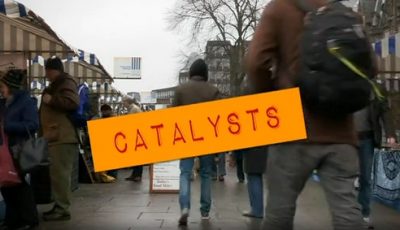
Enzyme power and food as fuel | Bitesize Science
Enzyme power and food as fuel | Bitesize Science
Enzymes are biological catalysts which help us to get the energy we need from food to survive.
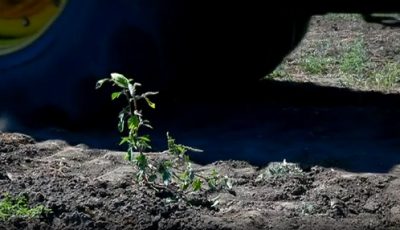
Germination | Bitesize Science
Germination | Bitesize Science
Seeds need the conditions to right in order to be able to germinate.
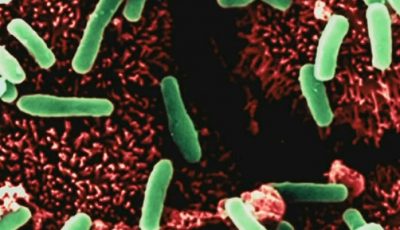
Growing bacteria | Bitesize Science
Growing bacteria | Bitesize Science
Bacteria reproduce by cloning themselves, and in the right conditions can reproduce very quickly.

Internal reflection | Bitesize Science
Internal reflection | Bitesize Science
An examination of how light can be internally reflected, and how this is used for carrying information in fibre optic cables.

Newtons laws | Bitesize Science
Newtons laws | Bitesize Science
Newton's laws of motion continue to underpin principles in modern day physics.

Solubility | Bitesize Science
Solubility | Bitesize Science
Solubility is the measure of how much solute can dissolve in a solvent.
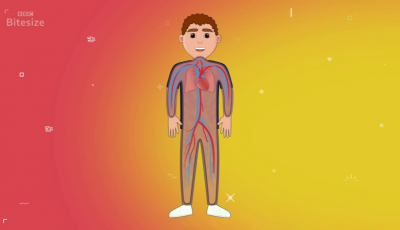
The circulatory system | Bitesize Science
The circulatory system | Bitesize Science
A short guide on the circulatory system.

The feather and the hammer | Bitesize Science
The feather and the hammer | Bitesize Science
Air resistance affects different objects and how they fall differently, just as Galileo suggested.
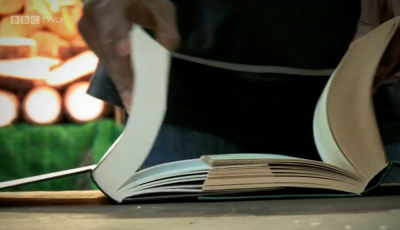
The force of friction | Bitesize Science
The force of friction | Bitesize Science
Any time one surface moves over another, there is a force of friction.
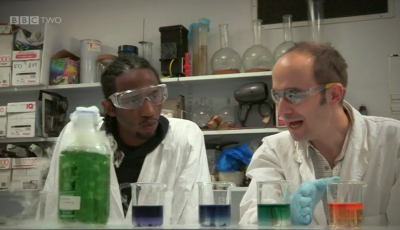
The oceans are changing | Bitesize Science
The oceans are changing | Bitesize Science
Scientists believe that our oceans are becoming more acidic due to the CO2 we are producing being absorbed by the oceans.
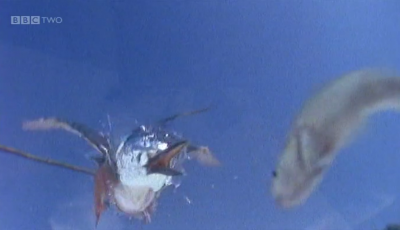
The power of invisibility | Bitesize Science
The power of invisibility | Bitesize Science
Light moves at different speeds through different objects, this can make objects appear in a different place to where they actua...

The race is on | Bitesize Science
The race is on | Bitesize Science
The rate of a chemical reaction depends on the temperature, concentration, particle size and any catalysts present.
More resources about Photosynthesis

2: Photosynthesis | Botany: A Blooming History
2: Photosynthesis | Botany: A Blooming History
The air we breathe, and all the food we eat, is created from water, sunlight, carbon dioxide and a few minerals. That's it, no...
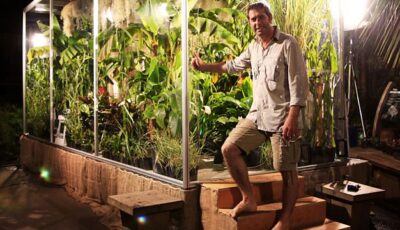
1: Life From Light | How to Grow a Planet
1: Life From Light | How to Grow a Planet
How plants have driven the greatest changes to the Earth. Prof Iain Stewart shows how they first harnessed light from the sun and c...
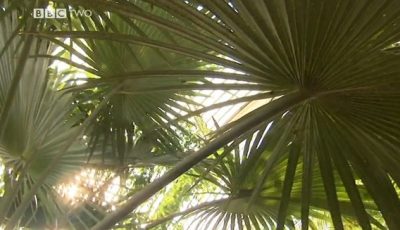
Rate of photosynthesis | i-Science
Rate of photosynthesis | i-Science
Photosynthesis is the chemical reaction through which plants make glucose and oxygen. It is crucial to all life on Earth because it is the...

How commercial growers apply knowledge of photosynthesis | Botany: A Blooming History
How commercial growers apply knowledge of photosynthesis | Botany: A Blooming History
Spec references J247: B1.4e J250: B1.4e. How commercial growers increase the amount of ...
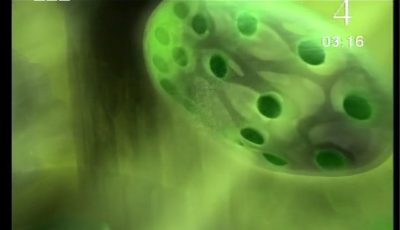
An introduction to photosynthesis | Short Circuit
An introduction to photosynthesis | Short Circuit
An introduction to how plants photosynthesise using chlorophyll, and how important the process is in maintaining the balanc...
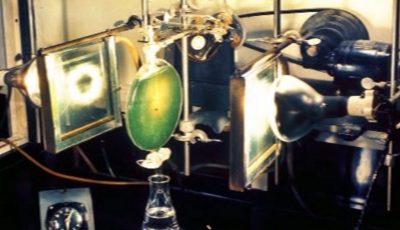
Calvin-Benson cycle | Botany: A Blooming History
Calvin-Benson cycle | Botany: A Blooming History
How Benson and Calvin established the biochemical reactions involved in photosynthesis.

Generation of clean fuels | Botany: A Blooming History
Generation of clean fuels | Botany: A Blooming History
Scientists harnessing the processes in photosynthesis.
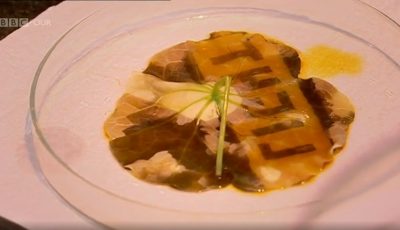
How iodine was used to discover starch in plant leaves | Botany: A Blooming History
How iodine was used to discover starch in plant leaves | Botany: A Blooming History
How botanists made the connection between a plant's growth and the energy from the sun.

How photosynthesis is vital to the success of farming | Science of the Harvest
How photosynthesis is vital to the success of farming | Science of the Harvest
Stefan Gates reveals how we can see photosynthesis in action using some simple props.

Photosynthesis | Curriculum Bites
Photosynthesis | Curriculum Bites
Schools science programme where topics in the double science curriculum are broken down into small chunks.

Photosynthesis research by Jan Ingenhouz | Botany: A Blooming History
Photosynthesis research by Jan Ingenhouz | Botany: A Blooming History
Spec references J247: B1.4d J250: B1.4d. How Jan Ingenhouz researched photosynthesis by putting plants ...

Photosynthesis research by Julius von Sachs | Botany: A Blooming History
Photosynthesis research by Julius von Sachs | Botany: A Blooming History
Spec references J247: B1.4d. Experiment by Julius von Sachs which involves testing for starch in lea...
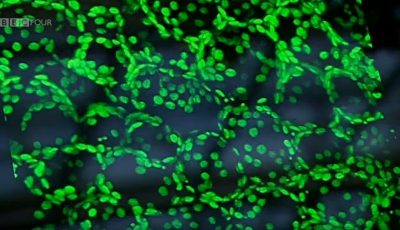
The discovery of chloroplast | Botany: A Blooming History
The discovery of chloroplast | Botany: A Blooming History
Timothy Walker explains how Julius von Sachs discovered where starch was made in a plant, and how new microscopy te...
